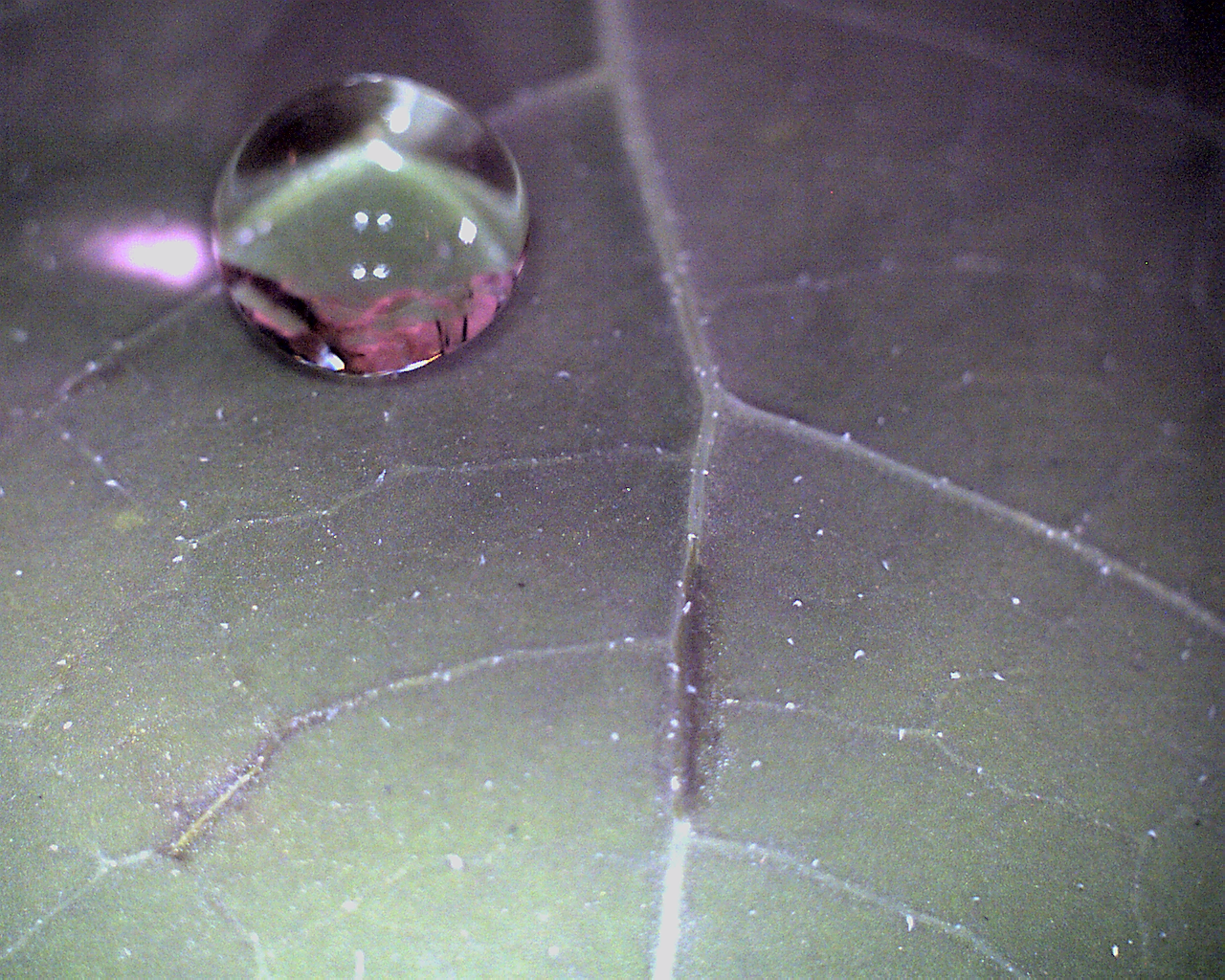From Footprints to Thoughtprints
While most environmental teaching focuses on actions required to solve environmental problems, it does little to challenge the underlying attitudes and assumptions which led to these problems in the first place. Stephen K. Goobie encourages educators to tackle not only our ecological footprints, but also our ecological “thoughtprints”.














